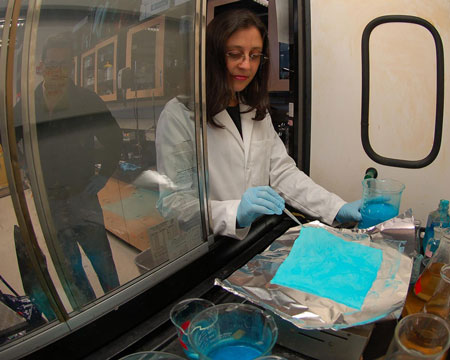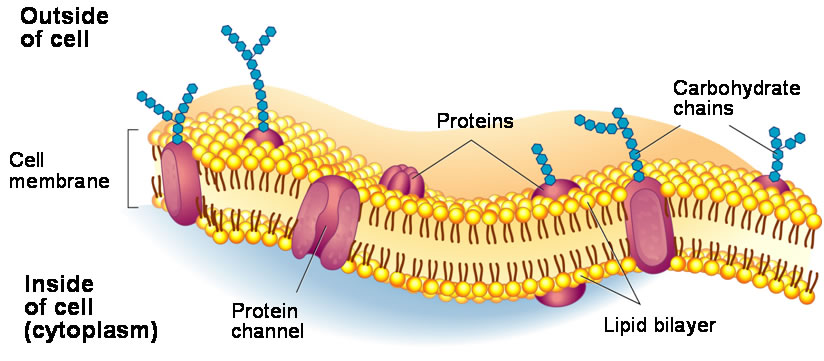As Nanotechnologies continually change the world and our lives, it is one of the goals of the Royal Institution (RI) to give awareness about how nanotechnologies will further be able to change the way we live our lives.
 To this end, the RI is hosting Michael Meador, the Director of the U.S. National Nanotechnology Coordination Office that was created under NASA. In his talk at the RI, he will be discussing the following topic:
To this end, the RI is hosting Michael Meador, the Director of the U.S. National Nanotechnology Coordination Office that was created under NASA. In his talk at the RI, he will be discussing the following topic:
"How could nanotechnology be used to create smart and extremely resilient materials? Or to boil water three times faster? Join former NASA Nanotechnology Project Manager Michael Meador to learn about the fundamentals of nanotechnology—what it is and why it’s unique—and how this emerging, disruptive technology will change the world. From invisibility cloaks to lightweight fuel-efficient vehicles and a cure for cancer, nanotechnology might just be the biggest thing you can’t see."
The event will take place at the Royal Institution Theatre, located at: 21 Albemarle St, London W1S 4BS, United Kingdom
Admission Prices
Standard: £12
Concession: £8
Associate: £6
Free to Members, Faraday Members and Fellows
 To this end, the RI is hosting Michael Meador, the Director of the U.S. National Nanotechnology Coordination Office that was created under NASA. In his talk at the RI, he will be discussing the following topic:
To this end, the RI is hosting Michael Meador, the Director of the U.S. National Nanotechnology Coordination Office that was created under NASA. In his talk at the RI, he will be discussing the following topic:"How could nanotechnology be used to create smart and extremely resilient materials? Or to boil water three times faster? Join former NASA Nanotechnology Project Manager Michael Meador to learn about the fundamentals of nanotechnology—what it is and why it’s unique—and how this emerging, disruptive technology will change the world. From invisibility cloaks to lightweight fuel-efficient vehicles and a cure for cancer, nanotechnology might just be the biggest thing you can’t see."
The event will take place at the Royal Institution Theatre, located at: 21 Albemarle St, London W1S 4BS, United Kingdom
Admission Prices
Standard: £12
Concession: £8
Associate: £6
Free to Members, Faraday Members and Fellows



